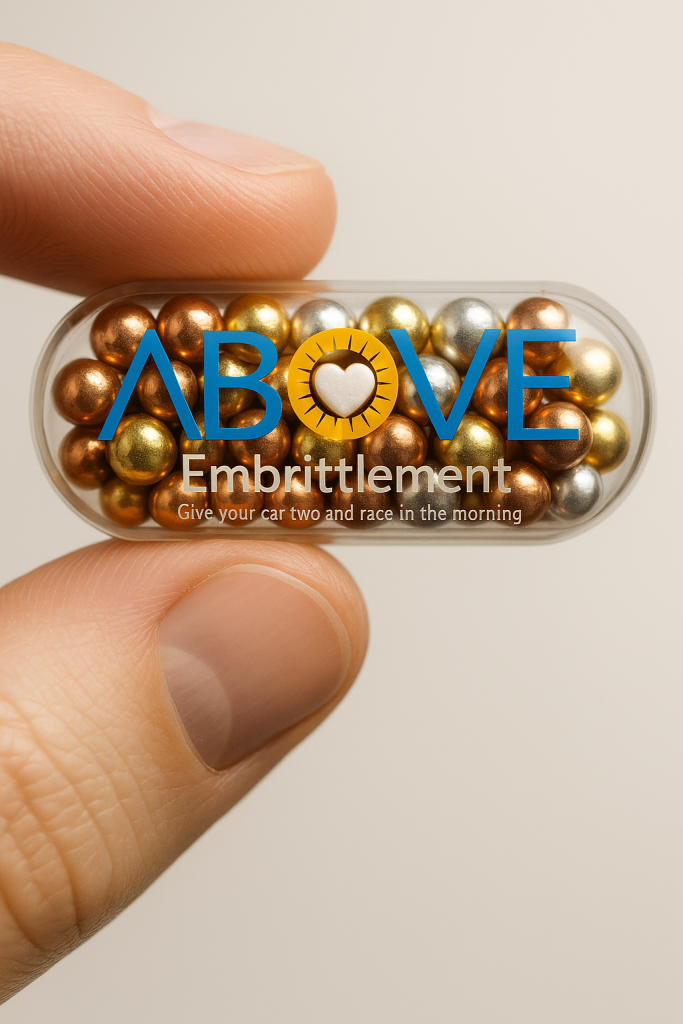One holiday, a young woman was preparing a ham for her family dinner. Just before placing it in the oven, she carefully cut off both ends of the ham. Curious, her daughter asked,
“Mom, why do you always cut off the ends of the ham before cooking it?”
Her mom thought for a moment and replied,
“That’s how my mother always did it. I guess it helps it cook better.”
Not satisfied with that answer, the girl went to her grandmother and asked,
“Grandma, why do you cut the ends off the ham before cooking?”
The grandmother said,
“That’s how my mother always did it. I suppose it was to let the juices soak in.”
Still curious, they all decided to call the great-grandmother to get to the bottom of it. When they asked her the same question, she laughed and said:
“Oh, I only cut the ends off because my roasting pan was too small!”

So many of our additives and packages sold by chemical companies are based on what was done to make the most abundant oil work because there was a steady stream of it and the apparatus around it was geared to keep it rolling without regard to what would be better, how it was for the environment and how long it would take to make it better. Many traditions in motorsport around break in are from WWII when gun barrels, pistons and gears were made so fast they were not to spec and needed time to wear in. The technology wasn’t great and factories were spun up for speed to win the war. Today we have CAD/CAM, advanced chemical processes that spray porous liners on cylinder walls. We don’t need thick old crude oil, it drags on our piston rings and slows our rpms, it doesn’t cool well. Many people don’t know that oil serves more than one purpose in our engine and that heat wicking is a major overlooked gift of advanced grown and selected oils.
Leave a Reply